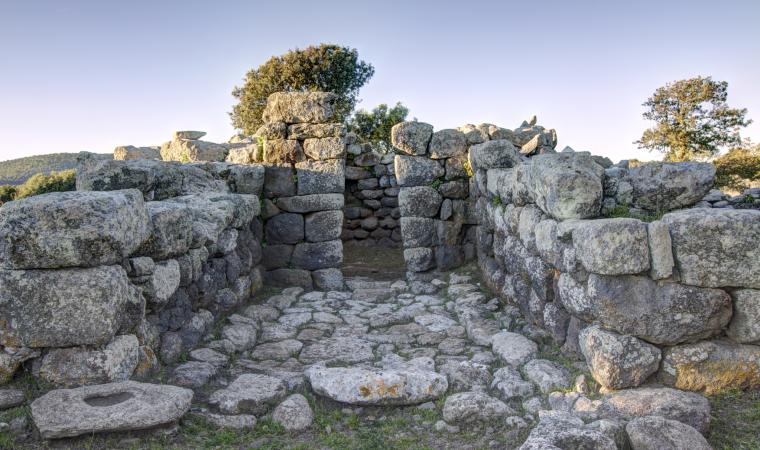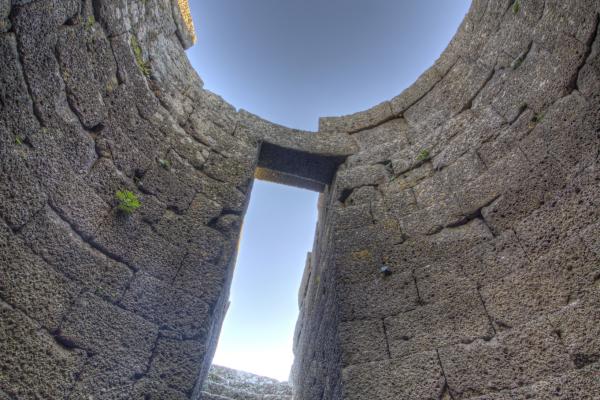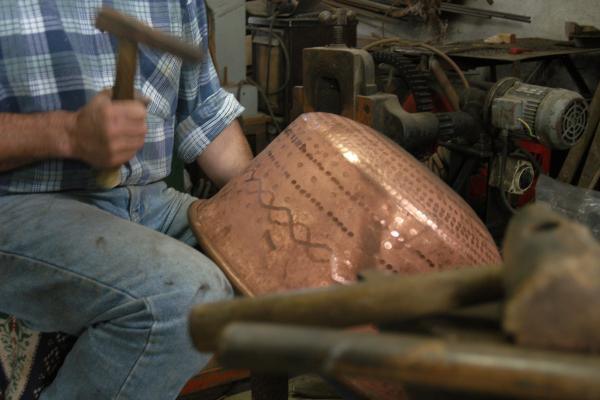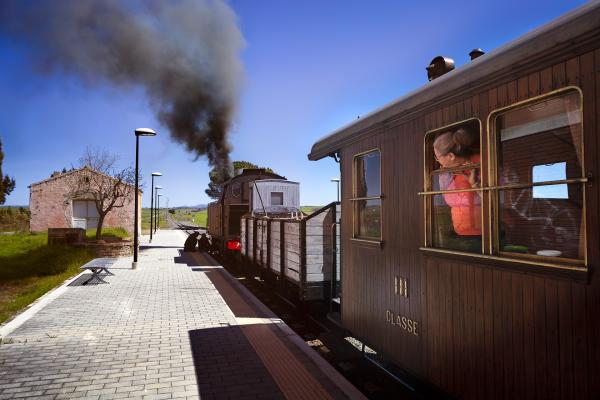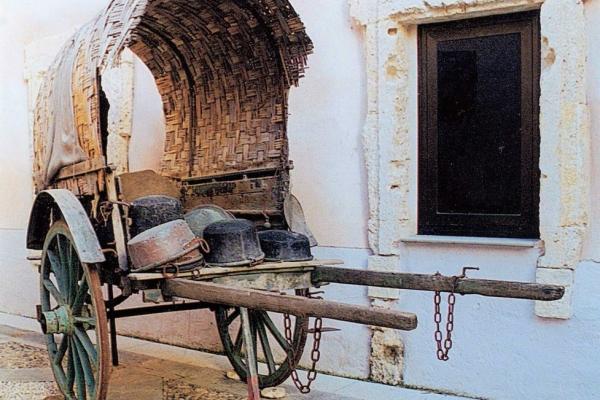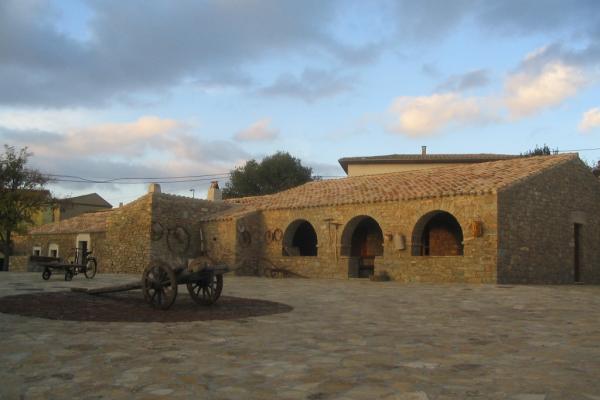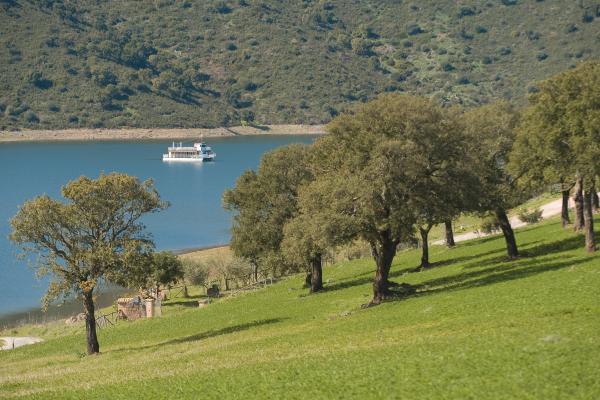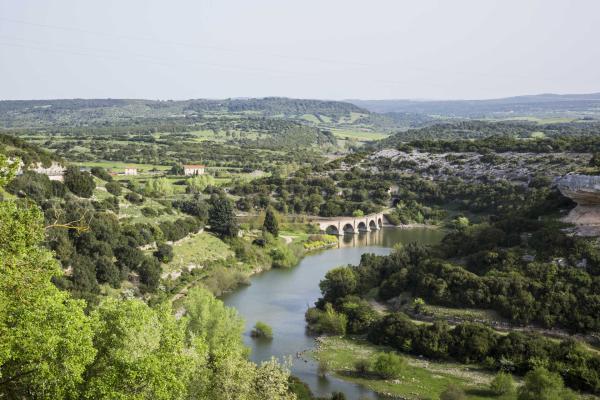Serri sits at an elevation of 600 meters, along the edge of a Giara (plateau), to which it gives its name. According to general belief, it was founded by the inhabitants of the nearby Roman city of Biora as they fled the plague. This small agro-pastoral village on the border of Sarcidano plateau and Trexenta, has a population of 650 and is a member of the Borghi Autentici d’Italia Association because of its natural, cultural, archaeological and culinary riches. The village boasts a view that spans from Gennargentu to Marmilla Hills and the island’s south-western coast. Giara di Serri, close and similar (on a smaller scale) to Giara di Gesturi (Jara Manna), is a natural fortress surrounded by century-old holly, downy and common oaks, and Mediterranean shrubs; an ideal setting for excursions on foot, bicycle or horseback. Its lush greenery is flanked by fertile pastures, where excellent cheeses are made, vegetable gardens, orchards, and vineyards producing superb wines. Meat and excellent oils are at the foundation of local recipes.

Town
One hour from Cagliari, in southern Sardinia, it is immersed in a splendid setting and contains architectural and archaeological treasures including a famous Nuragic sanctuary
One hour from Cagliari, in southern Sardinia, it is immersed in a splendid setting and contains architectural and archaeological treasures including a famous Nuragic sanctuary
See this place because...
It is a splendid town, where you can admire uncontaminated scenery, taste local delicacies and immerse yourself in traditional culture and prehistory
Pictures and videos
You may also like
More attractions in the vicinity
Nearby hotels and accommodations

Bed and breakfast (rental rooms)
SERRI
0 km

Bed and breakfast (rental rooms)
SERRI
0 km

Bed and breakfast (rental rooms)
ESCOLCA
2 km




